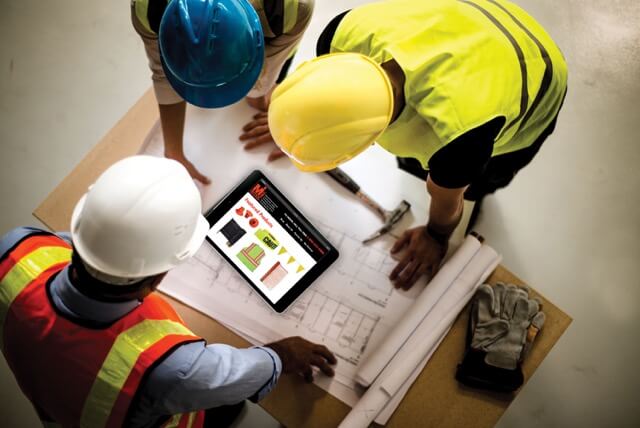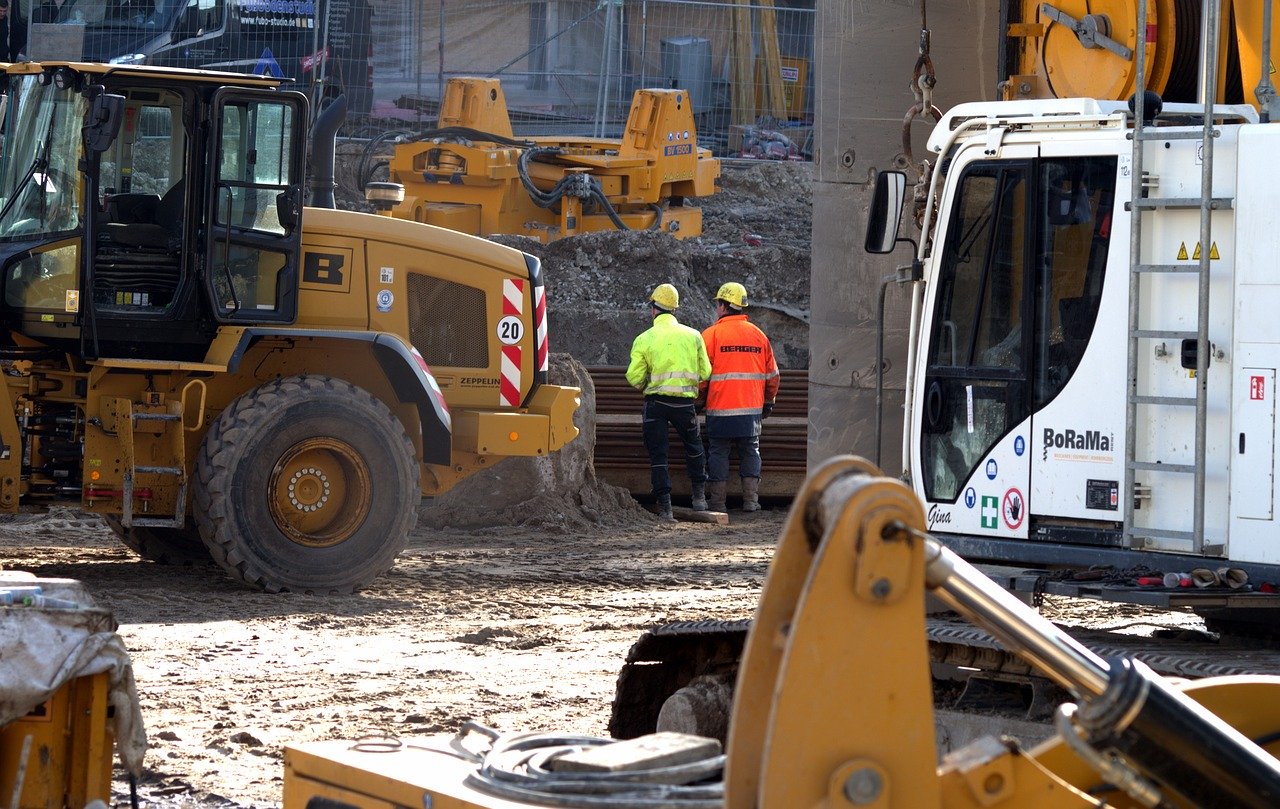Effective project management plays a critical role in the success of any venture. Without it, projects flounder, delays ensue, and most importantly, a company’s reputation can be at risk. But perhaps nowhere is project management more important than in the high-risk environment of a construction site. On a work-site, employees routinely face exposure to a wide variety of hazards that can cause serious injury and in the worst cases, even death. But when project managers keep an eye toward safety by anticipating and mitigating issues that can arise in each phase of a project, accidents and injuries are significantly reduced or eliminated.
Being mindful of safety issues not only saves lives but also saves companies substantial time and money involved when accidents occur. Accidents slow the progress of projects by diverting time into processing workers’ comp claims and incident reporting. Additionally, replacing experienced workers and providing further benefits for those workers puts unnecessary strain on the budget, workers, and management. The good news is there are specific steps that can be taken during each phase of a project to ensure safety for workers and insure that the final product is delivered on time and on budget. With that in mind, here is a basic overview of project phases from conception to completion with measures to safeguard employees throughout every aspect of a project’s life cycle.
1. Safety at conception
During the conception phase of a project, identifying potential hazards workers may encounter in performing their duties and protecting against those hazards must be factored into the planning and overall budget. Some of the most common dangers involve:
- Working at heights
- Driving/operating heavy machinery
- Performing tasks in enclosed spaces
- Conducting work in/around falling debris
- Executing duties in close proximity to moving traffic
- Handling or working near electrical wires and electrical equipment
- Being at risk of back-overs from construction vehicles
- Welding items that can cause burns/fires from arcing
- Exposure to toxic chemicals
- Inhaling potentially harmful airborne substances
- Extended exposure to noise of 85 decibels or more
- Slips Trips and Falls
Eliminating accidents and injuries can be as simple as taking the time to provide proper training, but often, special equipment and/or personal protective items are required. These items are designed to meet or exceed standards and regulatory requirements set forth by an industry’s supervisory agency(ies) and will be more closely examined in the next phase of planning.
2. Planning for safety
Studies show that careful attention in the planning stage is the most effective means of reducing or eliminating accidents and injuries in construction. The goal of planning is to eradicate possible sources of loss that have been identified during the conception phase. And while the process of eliminating safety risks on a project can seem costly at the outset, it’s important to keep in mind that money lost due to an injured worker is exponential. It not only delays the project and creates a mountain of paperwork for management, but it costs time and money in replacing/training new workers and providing additional benefits for those workers.
To guard against such losses, having a safety expert involved who is knowledgeable regarding safety standards is crucial. This professional can evaluate risks and make recommendations on the necessary training and/or equipment to manage those risks. These recommendations might be structural in nature, such as proper scaffolding to prevent falls or personal protective gear to increase visibility of workers on a given site. Again, it is infinitely more cost-effective to have safety considerations built-in to a budget than having an unexpected accident derailing a project and costing time and money in lost work. Certain items that may be recommended or required may include:
- Safety harnesses to prevent falls
- Debris netting to protect workers from falling objects
- High-visibility protective gear to keep workers safe from moving vehicles while performing tasks
- Traffic cones/retractable cone bars/signs to direct traffic around a worksite
- Safety glasses to protect eyes from particles/debris
- Ear plugs/protective earmuffs to prevent occupational hearing loss
- An adequate amount of scaffolding to ensure a stable work surface
- Grip tape to prevent slips trips and falls
The safety expert may also recommend that a high-quality project management software system be used during the project’s execution. This will be discussed in the next phase of project implementation.
3. Safety during project implementation: Communication is vital
Once a project is under way, there is no greater means to ensure the safety of a work-site than effective and sustained communication. Information flow between workers and management is critical. Being able to establish clearly defined expectations and cultivating feedback from all involved improves both safety and moral has a positive impact on the speed at which the project progresses. That’s especially good news in today’s industry where new technologies enable communication in real time to multiple team members from any location.
Check out also: Danish research report – Up to 7% savings on construction projects run using LetsBuild
New software systems give managers the ability to course-correct quickly and shift or reassign workers when and where necessary. Plans and concepts can be easily shared and media files can be attached so that team members can have an accurate view of any concept and make necessary adjustments without having to change locations.
Most importantly, the technologies have reshaped the safety landscape in the construction industry. Workers can give immediate notice if a safety issue arises and can attach a media file showing the problem. When workers actively contribute to the safety of a work site in this manner, there is a significant decrease in accidents and injuries and an increase in efficiency and progress. Especially in today’s global era of construction, where projects can span continents and be increasingly complex, having a centralized system of consistent information flow goes a long way in closing the gaps where safety may be at risk.
4. Finalizing the Project
It’s all too easy to believe that safety considerations can be put to rest once a project is complete and delivered to the customer. But nothing could be farther from the truth. Upon any single project’s completion, there is a treasure trove of information that can prove indispensable for the success of future endeavors. If a project is properly managed, there is a system in place where information can be stored and retrieved with ease, which can be invaluable for future projects. In today’s construction landscape, with ever-evolving technologies and new software capabilities, this information can be accessed and analyzed more quickly and effectively than ever before.
Constant improvements in a company’s safety are one of the most direct paths to also improving a company’s bottom line. Fewer accidents translate to projects being completed on time and on budget while simultaneously creating a positive reputation for the company industry-wide. This not only attracts more customers but also attracts top talent in a workforce. Both are integral to the continued growth of any company. Focusing on safety is a sure way to project the future health & well being of a company as well as its employees.
About the author: JoAnne Magazzeni is content director for Mutual Industries, Inc., Manufacturer of Construction Safety Supplies




